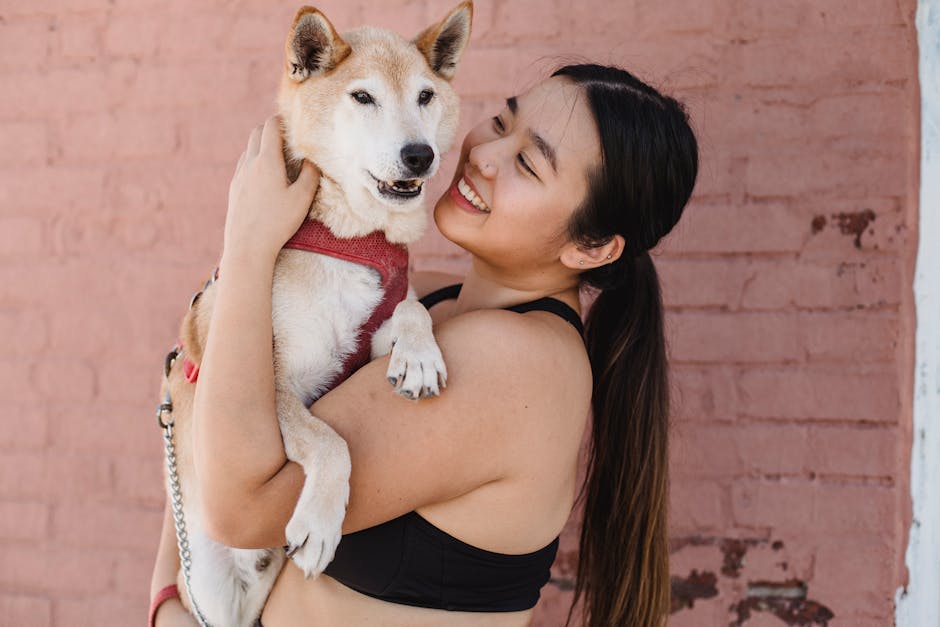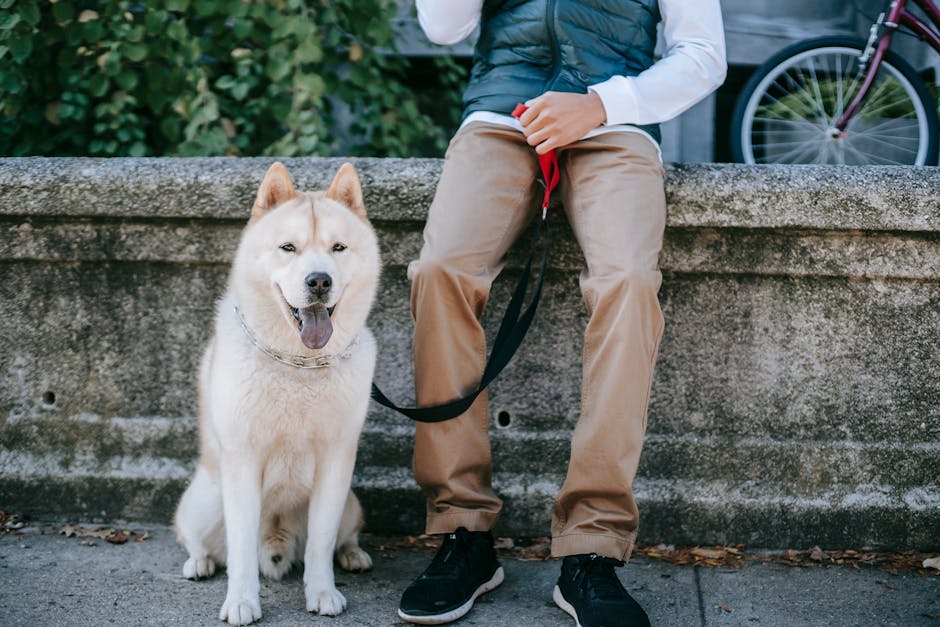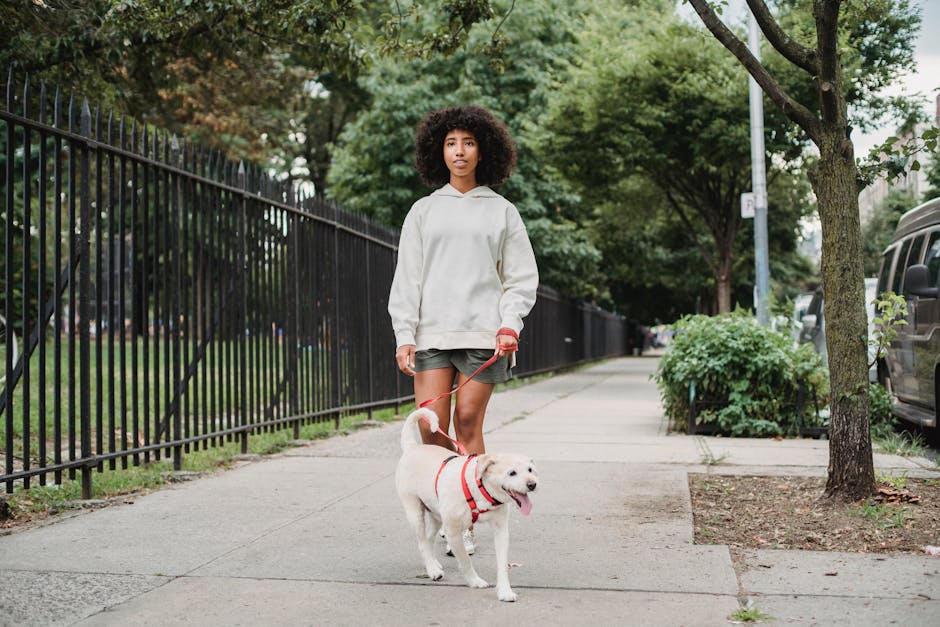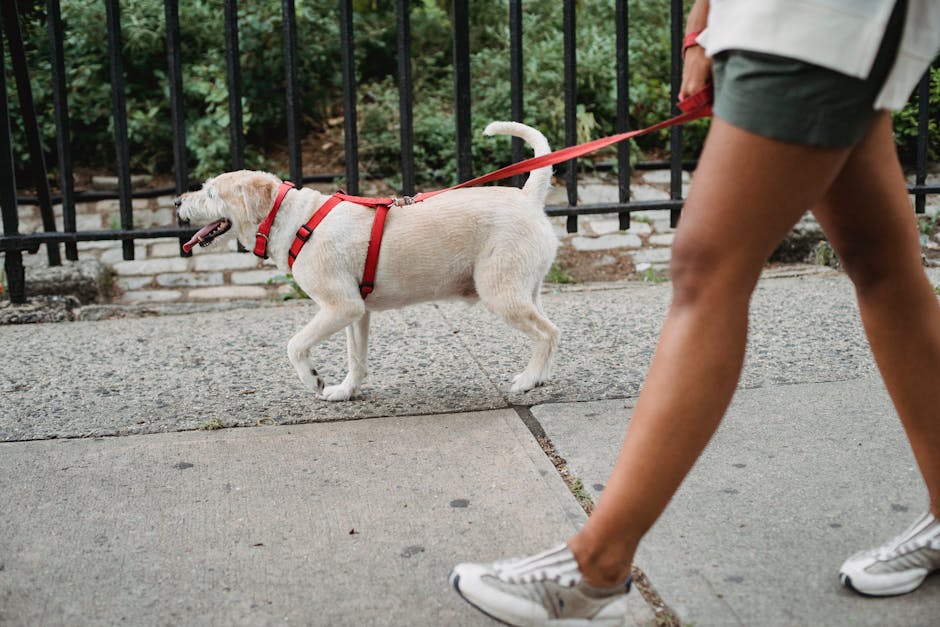How To Start Training Your Dog With A Shock Collar
For many dog owners, taking away their pet’s access to food is one of the trickiest training exercises. Food is such a powerful motivator that it can be difficult to get your dog to give up his/her favorite treat!
For some dogs, however, being trained with a shock collar becomes an essential tool in shaping behavior. A shock collar is designed to apply gentle shocks to the skin when the dog makes contact with certain parts of the body.
These are typically delivered by means of small vibrating pellets or probes which are connected to a source of electricity. When the dog comes into proximity with these “shock zones,” the current causes enough voltage to deliver a mild electric shock.
The intensity and length of the shock is dependent upon how close the dog gets to the pellet and the settings of the device. This could either be as minor as a very short sting for a few seconds if the dog accidentally nips someone on the leg or as serious as a five-minute long shock for more stubborn behaviors.
However, just like any other tools, there are different levels of effectiveness depending on the individual user and their skill level. There are also multiple types of shock collars out there, so finding one that works well for you and yours may take some time!
Whether you’re looking to train your puppy, start working off leash or even need help controlling an aggressive dog, a shock collar can be a helpful tool.
Obtain a shock collar
First, you will need to purchase your dog’s owner ID card or proof of ownership form from his current owners. This is very important as it proves that they have given permission for you to take possession of their pet!
Next, you can either visit your local animal shelter or look online to find a reputable trainer who works with shock collars. Both are great ways to learn how to use one properly.
Animal shelters usually offer basic training classes using a shock collar, so you could also consider looking into this option first before buying a pack of equipment. The cost typically includes the shock collar, some food while the class takes place, and transportation home after the lesson.
Online resources are another way to source information. Many trainers advertise their services online where you can read reviews or watch videos to see what past clients have to say about them. You should always weigh these things carefully but overall, most people enjoy working with dogs and want to help other owners get close with theirs, so chances are there are no major red flags.
Practice shock collar training with a toy

One of the first things that most dog owners do when they get their dog is teach them to sit, down, stay, or come back. For many people, this is their biggest challenge!
For example, my friend’s puppy will not stop pulling on his leash unless she has him sitting. Or my other friend’s dog would constantly run away so she trained her to “come home” by using the shock collar.
Both of these are very effective strategies but require you to find the right one for your dog and yourself. This can be tricky since there are different types of shocks!
The type of shock used to train dogs is called electrical. Most puppies need at least two lessons before they understand what an electric stimulus means so they cannot learn from false alarms.
That is why it is important to choose a shock trainer that uses low voltage (less than 500 volts) which only stimulates your dog for a few seconds- not minutes like some models.
You also want to make sure it is safe for your pooch as no parts should produce more than 0.3mA per part. Check out our article here to see all the parts of a shock collar and how much current each one produces.
Use the shock collar correctly

First, you need to make sure that your dog is in good health before using the shock collar. Only use a shock collar if necessary, there are other training methods that do not require this!
Second, remember that these devices can hurt your dog or cause serious injuries. Make sure that you have done all of the required research and are able to handle any potential issues yourself.
Third, never let your dog free-run with the shock collar attached as this could result in injury for both you and your pet.
Fourth, keep the duration of each correction short so your dog does not get sick or injured because it took too long for them to understand what was asked of them.
Fifth, once the correct response has been given, remove the leash immediately to prevent your dog from running away. This could lead to more problems.
Only use the shock collar for training

First, you should know that this tool is not designed to be a deadly weapon. This will change depending on how you use it.
Your dog cannot control his emotions or fear when he is attached to a shock collar. If your dog needs a break, take him out for some time and then re-train him later.
A shock collar can also cause emotional distress for your furry friend. Because they are linked to a smartphone, your dog can access the settings at any time which may scare or upset him. Make sure you have enough battery power left in the device!
Some owners accidentally set the shock level too high which could hurt their puppy or cat even more than before. The company does not recommend using a higher voltage unless you are trained as a professional trainer.
Experts agree that dogs will learn from negative experiences so if there is one reason your dog has lost its trust, try to find another way to teach them.
Always keep the shock collar in a safe place
It is not recommended to leave your dog alone while wearing the collar! This is an important rule because if you do, there may be complications when trying to take the collar off.
If your dog gets into a fight with another animal or someone, there could be serious injuries. Or your dog may attack food or other items in his/her home. If this happens, the shock will no longer work as effectively, potentially even hurting the dog.
The best way to prevent these situations is to don’t put the shock collar on your dog until he/she knows how to behave around it. This helps reduce any potential problems. Once your dog has learned how to respond to the shock, you can then remove the leash and see what kind of behavior occurs.
Once you have determined that your pooch is friendly towards the shock, you can then get him/her some needed rewards such as treats or playtime. After giving your dog those things, let him/ her interact more with others so they both feel relaxed and comfortable.
Keep the battery in the collar when not in use

While you can purchase fresh batteries for your shock collar, it is better to keep them as close to you as possible. This is especially important if you need to put away the device or take it somewhere with you!
If you run out of juice, you can easily buy replacements at most pet stores. Before buying one, make sure they are legit by looking online or talking to someone at the store about the model dog collar you have
Some models require that you remove the old battery before putting in the new one, so be aware of which ones do and how to do this.
Only use the shock collar when needed

First, you should know that this tool is not meant for every dog. This article will discuss why these collars are necessary in some cases, but they are definitely not appropriate for most dogs!
The shock collar comes with an attachment device that connects to a receiver wand. When your dog makes a move it is intended to stop, the transmitter sends a signal through the link up to the receiver. The receiver then delivers a moderate amount of electro-shock energy which interrupts the behavior.
This can work very well if used properly, but there is a big problem – people often misuse them. Many owners find that their dog has stopped doing something (like jumping) so they keep using the shock collar until one day their dog doesn’t come back.
That isn’t going to help anything! A few days or even hours of punishment may be enough to extinguish positive behaviors like house training or walking, but repeated shocks could have long term effects on your pooch.
He might learn to avoid situations where he receives a shock because he fears it, or he could develop anxiety around being touched or having his skin penetrated by the receiver. All of these things make housetraining much more difficult and possibly end up causing your dog to suffer from separation anxiety or other behavioral problems.
It is important to remember that although shocking your dog may seem fun at first, it does no good unless it works.
Patience is a key skill

Shock collars are quite an intense tool that can sometimes take time to train your dog with. This article will talk you through some important things about training with a shock collar before actually using one!
First, you need to be very confident in yourself as a person before deciding to use one of these products for the first time. The shocks from a shock collar can easily hurt or even injure your dog depending on how strong they are. If you aren’t sure if you are ready to try it out, then don’t!
There are many different types of shock collars so there is no reason to get this product unless you are totally certain you can handle it.

